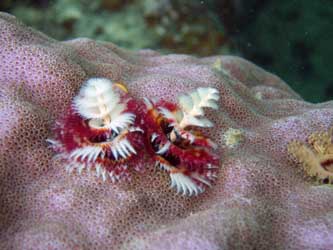 Study Marine Studies II from home
Study Marine Studies II from home
This course follows on from Marine studies I, extending your knowledge of a wide variety of marine organisms. It works through many types of marine organisms, focusing mostly on those not covered as well in Marine Studies II (This includes: Protists, Sponges, Marine plants, Cnidarians, Worms, Arthropods, Molluscs, Echinoderms, Non Bony Fish, Selected Bony Fish and selected Marine Mammals).